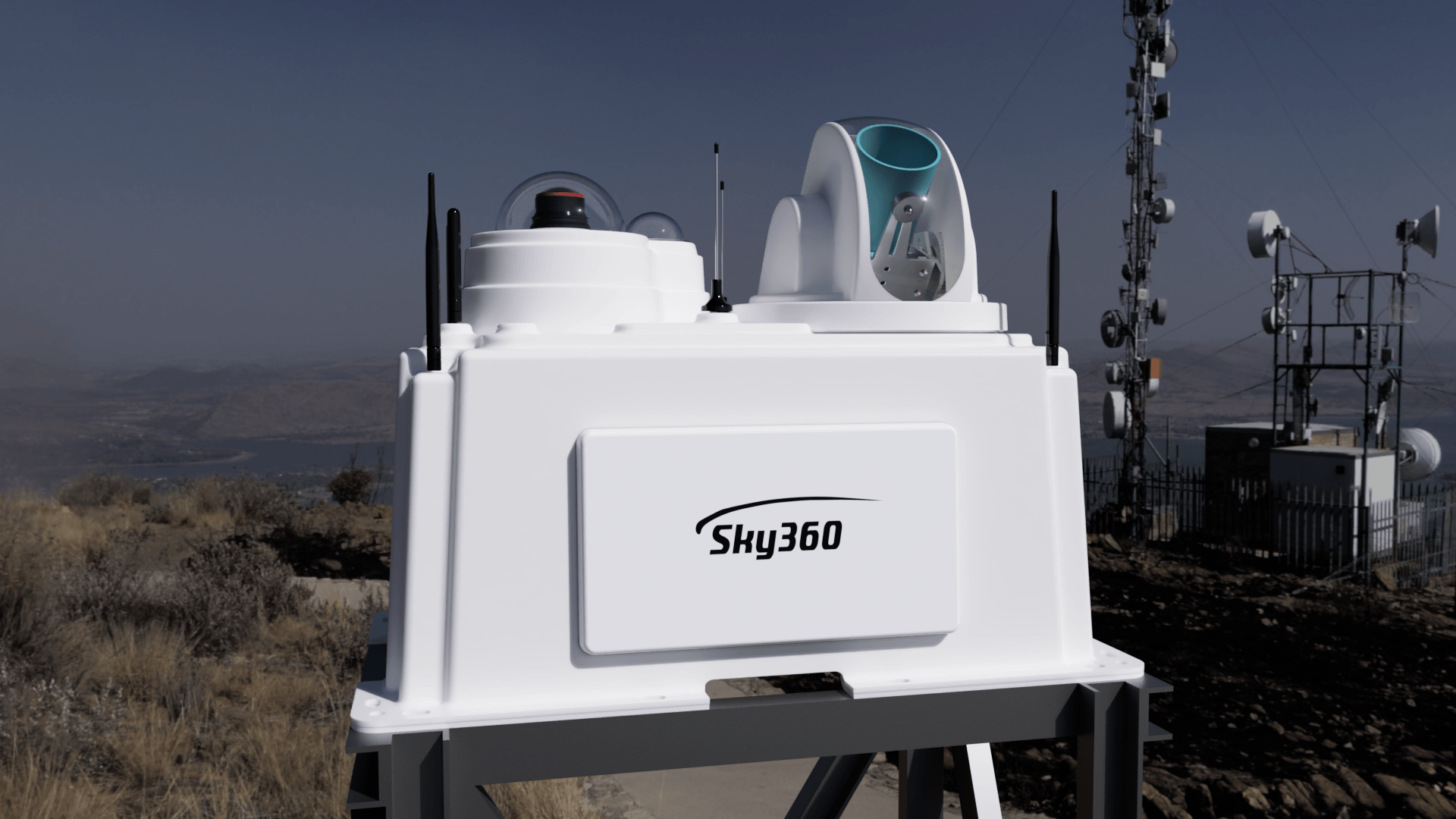Our vision.
- Facilitate a citizen science project to observe the skies and all their phenomena around the globe, 24/7 and provide harmonized high-quality results and analysis – available to everybody.
- Develop hardware and software with and for the project community under MIT and Creative Commons License.
- Support the development and operation of a global network of sky observation stations to provide global live sky situation awareness.
What we do.
credit: Paul/France 2023
Example #1: Something is falling from the sky.
credit: Aaron/Alaska 2021
Example #2: UAP #1 above Houston.
credit: Adam/Texas 2021
Example #3: UAP #2 above Houston.
credit: Adam/Texas 2021
How we do it.
- Open source hardware development under Creative Commons License
- Open source software development under MIT-License
- Open source data generation
- Management and support of the global Sky360 R&D community
- System based on affordable, harmonized hardware for DIY
Our benchmark for optical tracking.
Detection, Tracking and Triangulation
Hardware development.
Software development.
The Sky360 station.
Hardware costs.

Support, partnership & funding.
5 levels of patronship.
5 levels of Patronships
-
ORB levelListenelement 1
€5 per month
The Sky360 Mission Patch as a self-adhesive sticker!
Patrons are qualified to receive the item after 3 months
of continuous patronship as a thank-you gift.
-
SAUCER levelListenelement 2
€10 per month
The Sky360 Mission Patch on your new coffee mug!
Patrons are qualified to receive the item after 3 months
of continuous patronship as a thank-you gift.
-
GIMBAL levelListenelement 3
€20 per month
The Sky360 Mission Patch on your new neckware!
Patrons are qualified to receive the item after 3 months
of continuous patronship as a thank-you gift.
-
TIC-TAC levelListenelement 4
€50 per month
The Sky360 Mission Patch on your new T-Shirt!
Patrons are qualified to receive the item after 3 months
of continuous patronship as a thank-you gift.
-
MOTHERSHIP level
€100 per month
The Sky360 Mission Patch on your next hoodie!
Patrons are qualified to receive the item after 3 months
of continuous patronship as a thank-you gift.
Worldmap of sky awareness stations.
Sky Awareness Stations
Managing team.
Serviceliste
-
Richard G. HopfListenelement 1
Secretary
Discord: @richardghopf
Email: secretary@sky360.org
-
Oliver CoutinhoListenelement 2
Treasurer
Discord: @OliverC#7119
Email: financials@sky360.org
-
Christian Ambros
Head of Development
Discord: @christiana.
Email: development@sky360.org
-
Paul Wright
Media
Discord: @paulw0801
Email: media@sky360.org

